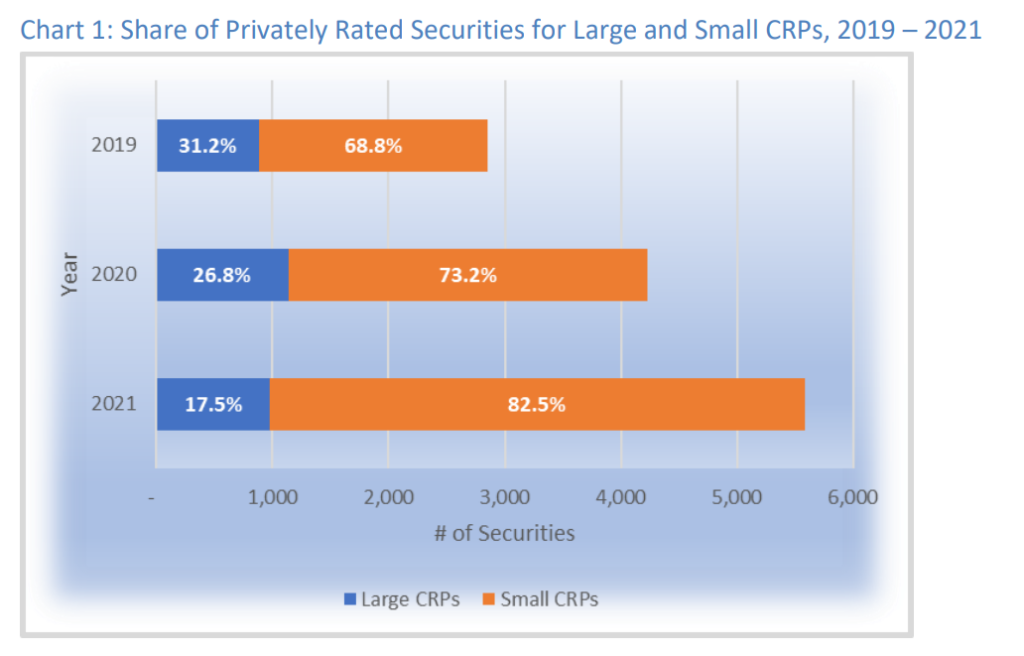Excerpt:
Global sovereign debt is expected to climb by 9.5% to a record $71.6 trillion in 2022, according to a new report, while fresh borrowing is also broadly set to remain elevated.
In its second annual Sovereign Debt Index, published Wednesday, British asset manager Janus Henderson projected a 9.5% rise in global government debt, driven primarily by the U.S., Japan and China but with the vast majority of countries expected to increase borrowing.
Global government debt jumped 7.8% in 2021 to $65.4 trillion as every country assessed saw borrowing increase, while debt servicing costs dropped to a record low of $1.01 trillion, an effective interest rate of just 1.6%, the report said.
However, debt servicing costs are set to rise significantly in 2022, climbing around 14.5% on a constant-currency basis to $1.16 trillion.
Author(s): Elliot Smith
Publication Date: 6 Apr 2022
Publication Site: CNBC



